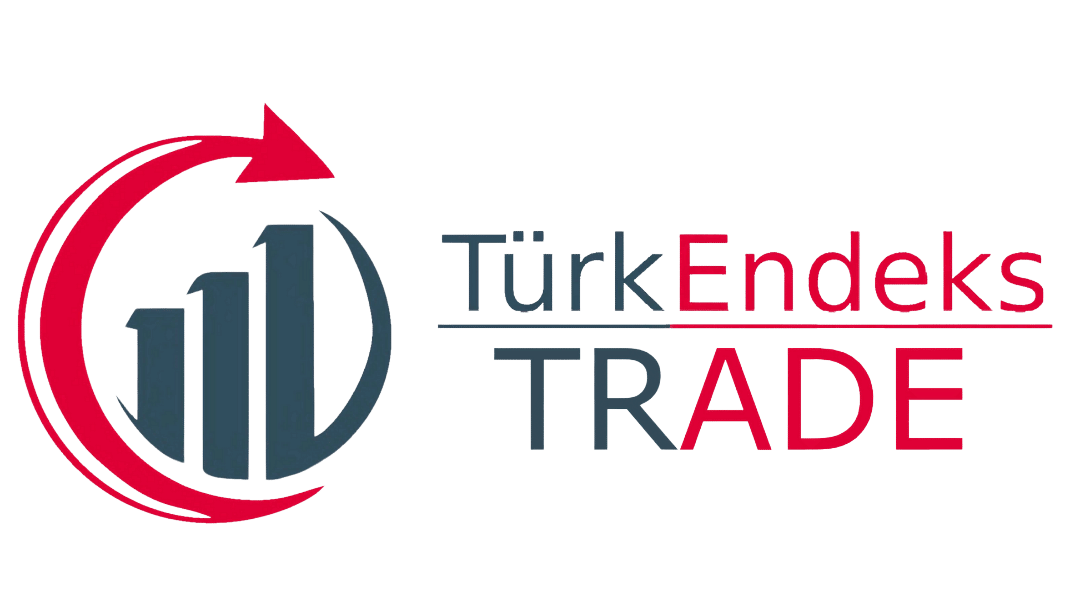In May, cocoa became the champion of price increases
In May, while the monthly inflation rate was 3.37%, the impact of the increase in global commodity prices on inflation became more apparent. In May, the highest monthly price increase, at 15.51%, was recorded in cocoa. There was also a significant increase in coffee prices, with an increase of 8.82%, well above the main index
According to the data from the Turkish Statistical Institute (TÜİK), last month, cocoa (excluding cocoa products) saw a price increase of 12.03%, followed by men's clothing with 9.39%.
Among other products with the highest price increases in May were deli products and other meat varieties with 9.27%, coffee with 8.82%, and preschool education and primary education with 8.03%.
IF PRICES HAD REMAINED CONSTANT, INFLATION WOULD HAVE BEEN 3.30 INSTEAD OF 3.37
In May, economists' monthly inflation expectation was at 3.04%. Thus, the actual monthly inflation exceeded the expectation by 0.33 points.
Cocoa has a small percentage in the inflation basket, around 0.005%. Therefore, despite the rapid price increase, its impact on the general index remained limited. If cocoa prices had remained constant, the monthly inflation would have been 3.30% instead of 3.37%.
GLOBAL COCOA CRISIS
With extreme weather conditions affecting cocoa harvests in West African countries for the third consecutive time, cocoa prices rapidly rose. In March, cocoa prices surpassed $10,000 per ton for the first time.
While the cost of cocoa increased by over 3 times last year, it surged by 129% in 2024 alone.
The rise in cocoa prices has put unprecedented pressure on chocolate producers, reflecting on product prices.
In recent times, especially since the last quarter of 2023, cocoa costs have sharply increased globally, affecting chocolate prices, and producers suggest that chocolate prices may remain high for a long time.
The International Cocoa Organization forecasts a supply deficit of 374,000 tons for the 2023-24 season, a 405% increase compared to the 74,000-ton deficit of the previous season. Hence, the cocoa crisis in 2024 is just the beginning of the problem.
TURKEY ALSO AFFECTED BY THE CRISIS
Turkey, undoubtedly, is among the countries that will be significantly affected by the cocoa crisis, just like the rest of the world.
In 2021, cocoa imports amounted to 122,793 tons in terms of quantity and $332 million in terms of value. Due to the pandemic, these figures decreased to 94,303 tons and $222 million in 2022. In 2023, with the post-pandemic effect and especially the increasing prices in the last quarter, cocoa imports rose again to 119,998 tons and $313.5 million.
According to data from the Turkey Food and Beverage Industries Federation obtained from TÜİK, only in January 2024, cocoa imports amounted to 12,192 tons in terms of quantity and $41,831,000 in terms of value. Additionally, there were imports of 25,326 tons of cocoa mass worth $86.3 million and 14,865 tons worth $83.6 million.
While the cocoa price surge has just begun this month, with cocoa prices around $4800 in January, the average import price in Turkey was approximately $3431. Assuming cocoa prices surpass the $10,000 mark again, and perhaps even exceed it, the average import price in Turkey is expected to be at least $7117. Considering the average of the past 4 years, even if everything progresses as it is, this would amount to approximately $1.185 billion for 2024, nearly three times higher compared to previous years.

